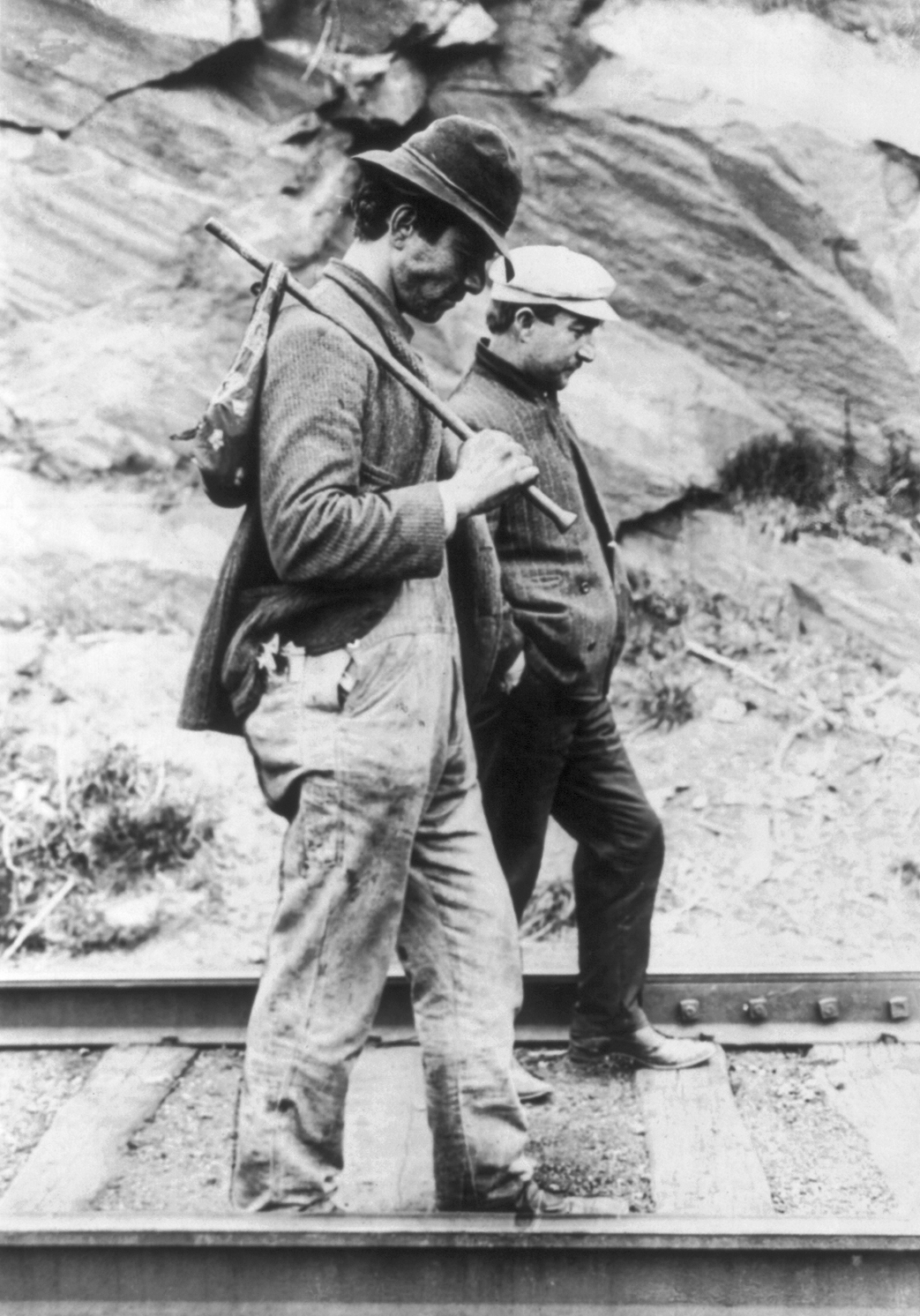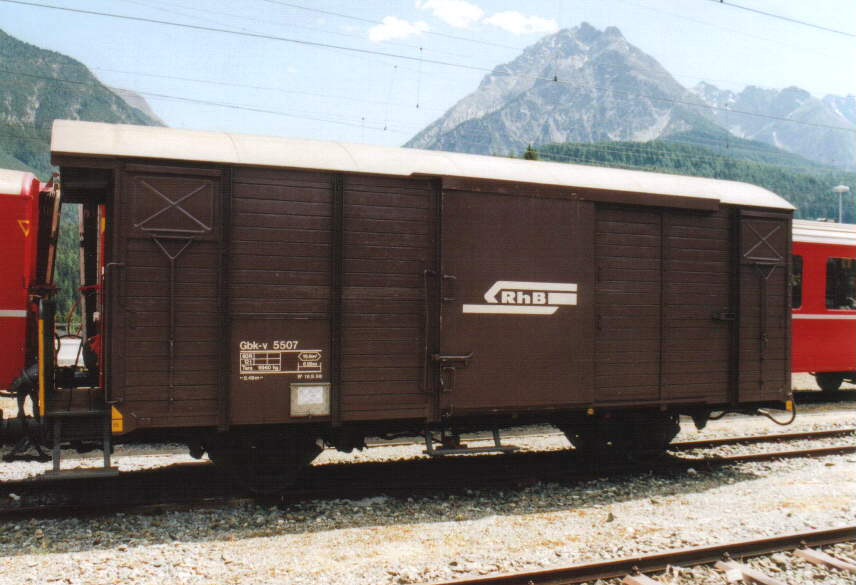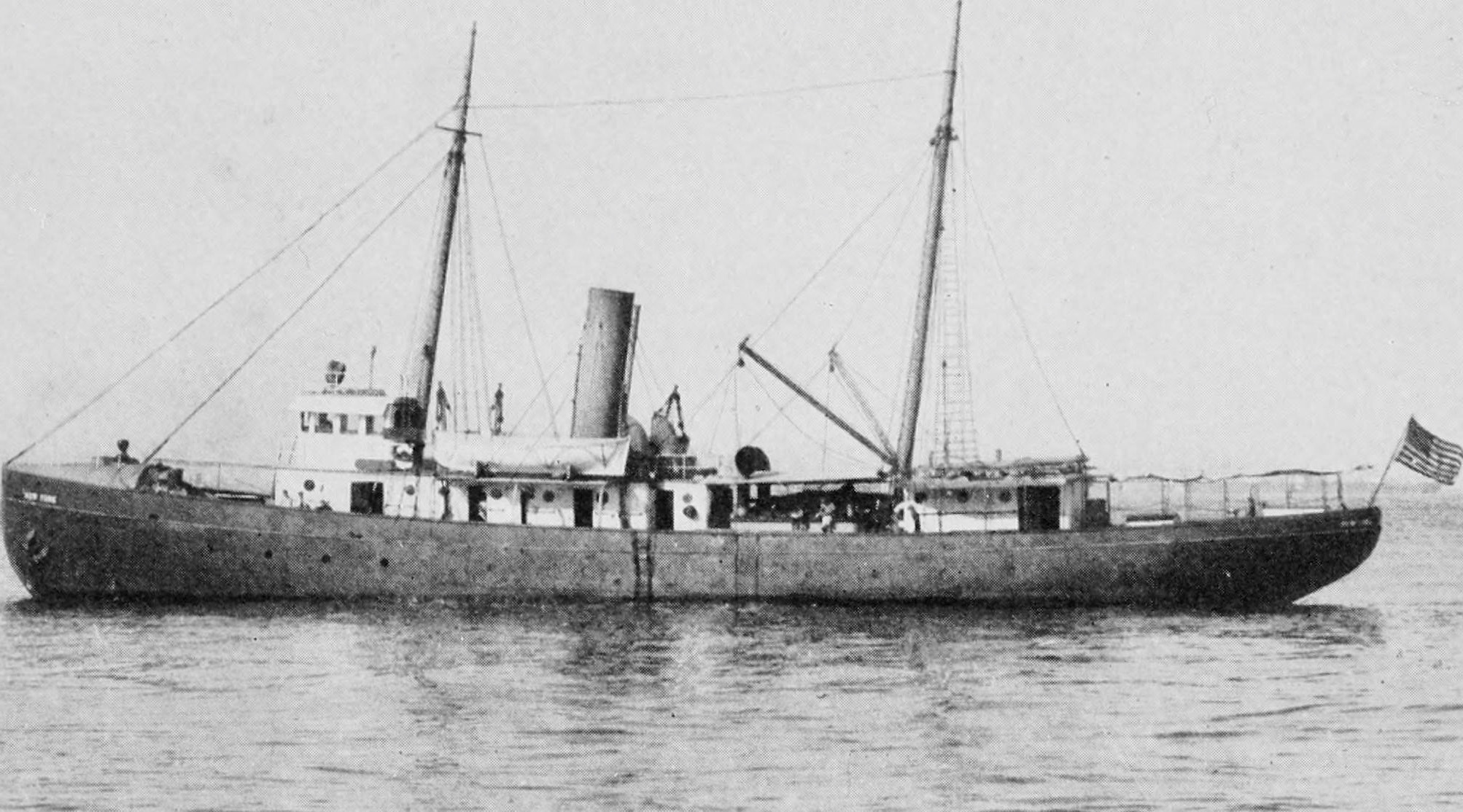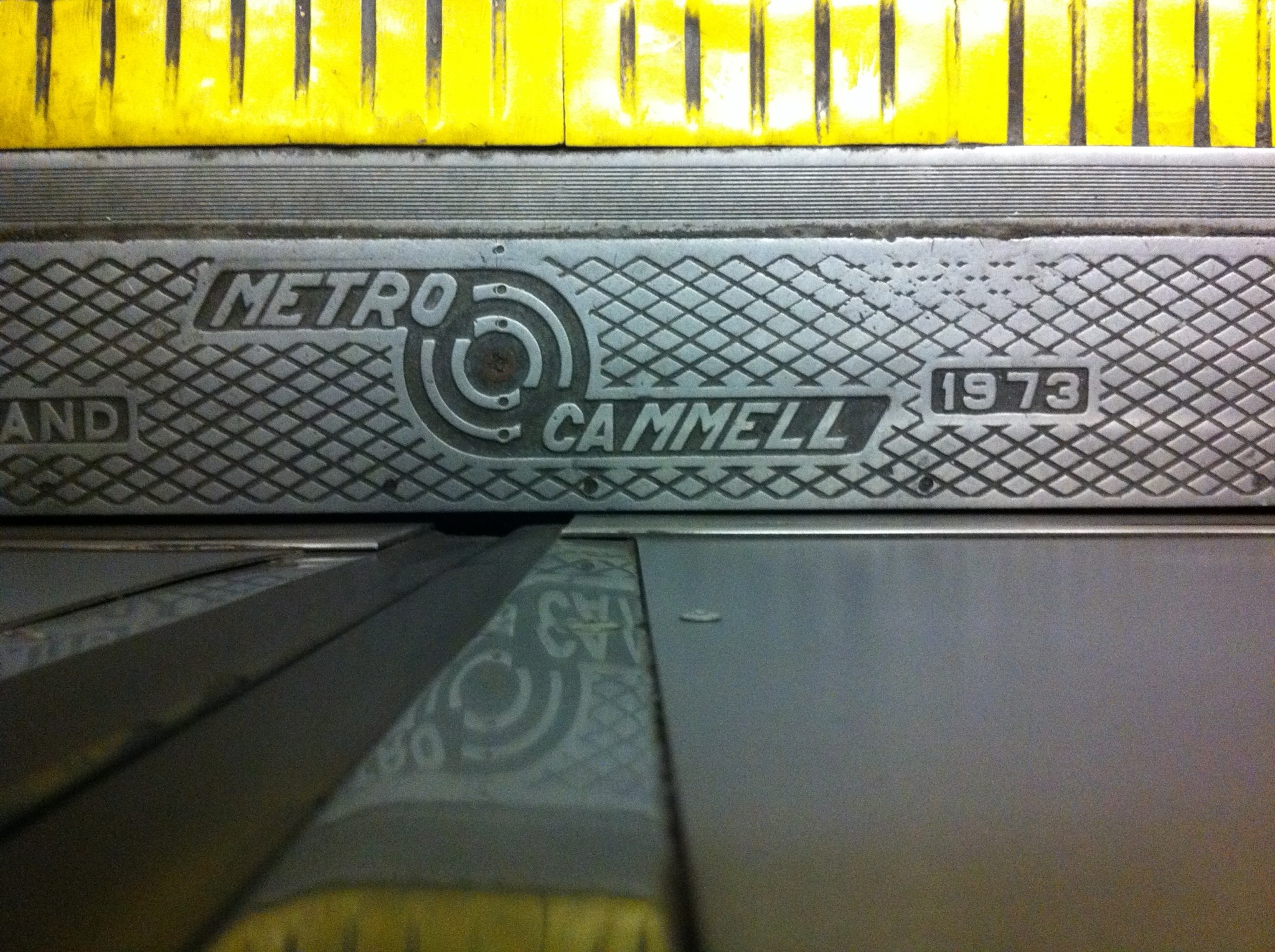|
Boxcar
A boxcar is the North American (Association of American Railroads, AAR) and South Australian Railways term for a Railroad car#Freight cars, railroad car that is enclosed and generally used to carry freight. The boxcar, while not the simplest Railroad car#Freight cars, freight car design, is considered one of the most versatile since it can carry most loads. Boxcars have side sliding doors of varying size and operation, and some include end doors and adjustable Bulkhead (partition), bulkheads to load very large items. Similar covered freight cars outside North America are covered goods wagons and, depending on the region, are called ''goods van'' (United Kingdom, UK and Australia), ''covered wagon'' (International Union of Railways, UIC and UK) or simply ''van'' (UIC, UK and Australia). Use Boxcars can carry most kinds of freight. Originally they were hand-loaded, but in more recent years mechanical assistance such as forklifts have been used to load and empty them fas ... [...More Info...] [...Related Items...] OR: [Wikipedia] [Google] [Baidu] |
Hobo
A hobo is a migrant worker in the United States. Hoboes, tramps, and bums are generally regarded as related, but distinct: a hobo travels and is willing to work; a tramp travels, but avoids work if possible; a bum neither travels nor works. Etymology The origin of the term is unknown. According to etymologist Anatoly Liberman, the only certain detail about its origin is the word was first noticed in American English circa 1890. The term has also been dated to 1889 in the Western—probably Northwestern—United States, and to 1888. Liberman points out that many folk etymologies fail to answer the question: "Why did the word become widely known in California (just there) by the early Nineties (just then)?" Author Todd DePastino mentions possible derivations from " hoe-boy", meaning "farmhand", or a greeting "Ho, boy", but that he does not find these convincing. Bill Bryson suggests in '' Made in America'' (1998) that it might come from the railroad greeting, "Ho, beau!" or ... [...More Info...] [...Related Items...] OR: [Wikipedia] [Google] [Baidu] |
Railroad Car
A railroad car, railcar (American English, American and Canadian English), railway wagon, railway carriage, railway truck, railwagon, railcarriage or railtruck (British English and International Union of Railways, UIC), also called a train car, train wagon, train carriage or train truck, is a vehicle used for the carrying of cargo or passengers on a rail transport network (a railroad/railway). Such cars, when coupled together and hauled by one or more locomotives, form a train. Alternatively, some Passenger railroad car, passenger cars are self-propelled in which case they may be either single railcars or make up multiple units. The term "car" is commonly used by itself in American English when a rail context is implicit. Indian English sometimes uses "bogie" in the same manner, though the term has Bogie, other meanings in other variants of English. In American English, "railcar" is a generic term for a railway vehicle; in other countries "railcar" refers specifically to ... [...More Info...] [...Related Items...] OR: [Wikipedia] [Google] [Baidu] |
Covered Goods Wagon
A covered goods wagon or covered goods van (United Kingdom) is a railway goods wagon which is designed for the transportation of moisture-susceptible goods and therefore fully enclosed by sides and a fixed roof. They are often referred to simply as covered wagons, and this is the term used by the International Union of Railways (UIC). Since the introduction of the UIC classification of goods wagons, international classification for goods wagons by the UIC in the 1960s a distinction has been drawn between ordinary and special covered wagons. Other types of wagon, such as refrigerated vans and goods wagons with opening roofs, are closely related to covered wagons from a design point of view. Similar freight cars in North America are called boxcars. Covered goods wagons for transporting part-load or parcel goods are almost as old as the railway itself. Because part-load goods were the most common freight in the early days of the railway, the covered van was then the most important ... [...More Info...] [...Related Items...] OR: [Wikipedia] [Google] [Baidu] |
Flatcar
A flatcar (US) (also flat car, or flatbed) is a piece of rolling stock that consists of an open, flat deck mounted on trucks (US) or bogies (UK) at each end. Occasionally, flat cars designed to carry extra heavy or extra large loads are mounted on a pair (or rarely, more) of bogies under each end. The deck of the car can be wood or steel, and the sides of the deck can include pockets for Side stake, stakes or tie-down points to secure loads. Flatcars designed for carrying machinery have sliding chain assemblies recessed in the deck. Flatcars are used for loads that are too large or cumbersome to load in enclosed cars such as boxcars, but which will not be harmed by the weather. They are also often used to transport intermodal containers (shipping containers) or Semi-trailer, trailers as part of intermodal freight transport shipping. Specialized types Aircraft parts flatcars Aircraft parts were hauled via conventional Boxcar, freight cars beginning in World War II. However, gi ... [...More Info...] [...Related Items...] OR: [Wikipedia] [Google] [Baidu] |
North America
North America is a continent in the Northern Hemisphere, Northern and Western Hemisphere, Western hemispheres. North America is bordered to the north by the Arctic Ocean, to the east by the Atlantic Ocean, to the southeast by South America and the Caribbean Sea, and to the south and west by the Pacific Ocean. The region includes Middle America (Americas), Middle America (comprising the Caribbean, Central America, and Mexico) and Northern America. North America covers an area of about , representing approximately 16.5% of Earth's land area and 4.8% of its total surface area. It is the third-largest continent by size after Asia and Africa, and the list of continents and continental subregions by population, fourth-largest continent by population after Asia, Africa, and Europe. , North America's population was estimated as over 592 million people in list of sovereign states and dependent territories in North America, 23 independent states, or about 7.5% of the world's popula ... [...More Info...] [...Related Items...] OR: [Wikipedia] [Google] [Baidu] |
Chassis
A chassis (, ; plural ''chassis'' from French châssis ) is the load-bearing framework of a manufactured object, which structurally supports the object in its construction and function. An example of a chassis is a vehicle frame, the underpart of a motor vehicle, on which the body is mounted; if the running gear such as wheels and transmission, and sometimes even the driver's seat, are included, then the assembly is described as a rolling chassis. Examples Vehicles In the case of vehicles, the term ''rolling chassis'' means the frame plus the "running gear" like engine, transmission, drive shaft, differential, and suspension. The "rolling chassis" description originated from assembly production when an integrated chassis "rolled on its own tires" just before truck bodies were bolted to the frames near the end of the line. An underbody (sometimes referred to as " coachwork"), which is usually not necessary for the integrity of the structure, is built on the chassis to c ... [...More Info...] [...Related Items...] OR: [Wikipedia] [Google] [Baidu] |
Harlan And Hollingsworth
Harlan & Hollingsworth was a Wilmington, Delaware, manufacturing firm that built railroad cars and became one of the first iron shipyards in the United States. It operated under various names from 1837 to 1904, when it was purchased by Bethlehem Steel. Founding Mahlon Betts, a carpenter, arrived in Wilmington in 1812. After helping construct many prominent buildings in the city, Betts branched out into foundry work in 1821. In 1836, Betts partnered with Samuel Pusey (a machinist) and began manufacturing railcars at a plant on West and Water Streets in Wilmington. The next year, cabinetmaker Samuel Harlan joined the firm, then known as Betts, Pusey & Harlan. By 1839, the company claimed to have manufactured 39 passenger and 28 freight cars over the previous two years. The next year, they hired Jacob F. Sharp, a former house carpenter, to build railroad cars. He would rise to become foreman at the plant, and eventually co-founded the rival firm of Jackson and Sharp. In 1841, Elij ... [...More Info...] [...Related Items...] OR: [Wikipedia] [Google] [Baidu] |
Metro-Cammell
Metro-Cammell, formally the Metropolitan Cammell Carriage and Wagon Company (MCCW), was an English manufacturer of railway carriages, locomotives and railway wagons, based in Saltley, and subsequently Washwood Heath, in Birmingham. The company was purchased by GEC Alsthom in May 1989; the Washwood Heath factory closed in 2005 and was demolished in early 2019. The company designed and built rolling stock for the railways in the United Kingdom and overseas, including the Mass Transit Railway of Hong Kong, Kowloon–Canton Railway (now East Rail line), the Channel Tunnel, and the Tyne and Wear Metro, and locomotives for Malaysia's Keretapi Tanah Melayu. Diesel and electric locomotives were manufactured for South African Railways, Nyasaland Railways, Malawi, Nigeria, Trans-Zambezi Railway and Pakistan. DMUs were supplied to Jamaica Railway Corporation and the National Railways of Mexico. The vast majority of London Underground rolling stock manufactured in the mid-20t ... [...More Info...] [...Related Items...] OR: [Wikipedia] [Google] [Baidu] |
Passenger Railroad Car
A passenger railroad car or passenger car (American English), also called a passenger carriage, passenger coach (British English and International Union of Railways), or passenger bogie (Indian English) is a railroad car that is designed to carry passengers, usually giving them space to sit on train seats. The term ''passenger car'' can also be associated with a sleeping car, a baggage car, a dining car, railway post office and prisoner transport cars. The first passenger cars were built in the early 1800s with the advent of the first railroads, and were small and little more than converted freight cars. Early passenger cars were constructed from wood; in the 1900s construction shifted to steel and later aluminum for improved strength. Passenger cars have increased greatly in size from their earliest versions, with modern bi-level passenger cars capable of carrying over 100 passengers. Amenities for passengers have also improved over time, with developments such as lighting, he ... [...More Info...] [...Related Items...] OR: [Wikipedia] [Google] [Baidu] |
Manila Railroad Company
The Manila Railroad Company (MRR) was a Filipino state-owned enterprise responsible for the management and operation of rail transport in the island of Luzon. It was originally established by an English people, Englishman named Edmund Sykes as the private Manila Railway Limited company, Co., Ltd. on June 1, 1887. British engineer Horace L. Higgins was then assigned as its first general manager in Manila. On July 7, 1906, a separate private entity named the Manila Railroad Company of New Jersey was established. The two companies continued to own the Luzon railroad network until February 4, 1916 when the Insular Government of the Philippine Islands, Insular Government acquired both companies and absorbed them into the new Manila Railroad. The MRR was the largest single railroad operator in the Philippines of its time. It owned of track at its peak in the late 1930s, approximately one-fifth of all the rail network in the country by 1939. It also had various types of rolling stock ... [...More Info...] [...Related Items...] OR: [Wikipedia] [Google] [Baidu] |









